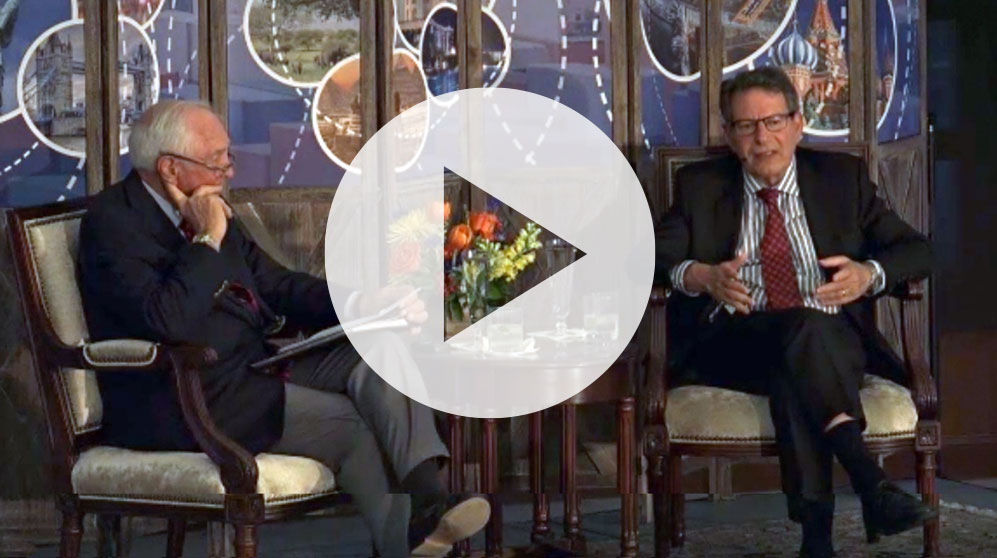Fed Leaves It Up to FAIT
• 3 min read
- Brief: Global Economy

Get the latest in Research & Insights
Sign up to receive an email summary of new articles posted to AMG Research & Insights.

“We’re not even thinking about thinking about raising rates.”
-JEROME POWELL, Fed Chairman
It took more than three years for inflation-adjusted economic output to return to the level that prevailed before the 2008 financial crisis. The Federal Reserve bolstered that recovery by holding interest rates near zero until December 2015, raising them only when unemployment approached a level thought to trigger inflation.
What may feel like a lifetime ago marked the beginning of the Fed’s effort to lift interest rates in the face of 1.5% core inflation and a 5% unemployment rate.
This time around, AMG expects the recovery from the pandemic-induced slowdown to be swifter, though much will depend on the development and dissemination of an effective vaccine.
Fed officials appear to have a similar outlook. When they recently disclosed rate expectations for this year and next, all 17 Federal Open Market Committee members’ projections were stacked atop a single, simple figure: zero. This month, when officials provide an updated quarterly forecast, investors will get a first-time glimpse of projections for 2023. AMG’s expectation is for those projections to remain clustered near zero.
Another reason for investors to expect near-zero short-term interest rates is FAIT, or Flexible Average Inflation Targeting. FAIT is the Fed’s revised policy framework that takes a more “relaxed” view toward inflation, even welcoming a modest, temporary rise above the 2% target that has been in place since 2012.
When the Fed first pronounced a 2% target for inflation, officials took that to mean they would always shoot for 2%, no matter how much or for how long the economy inevitably missed that goal. Bygones would be bygones and past misses in either direction would be shrugged off. The trouble was that inflation consistently fell short of the target.
What does the revised framework mean for the markets? To stoke economic growth, the Fed will now allow inflation to run above 2% to make up for prior “undershoots” and will tolerate lower unemployment than previously. Unless the Fed sees clear inflationary pressures or obvious risks to financial stability and strong employment, it will be less likely to trigger monetary tightening. This new approach should help the central bank fight future recessions.
Main takeaway: Expect a prolonged period of rock-bottom interest rates. This outlook could be good news for many portfolios because the last time it happened, the U.S. stock market took off on a 10-year bull run.
For more information, go to: Notes on the Economy – 3Q 2020 Summary.
This information is for general information use only. It is not tailored to any specific situation, is not intended to be investment, tax, financial, legal, or other advice and should not be relied on as such. AMG’s opinions are subject to change without notice, and this report may not be updated to reflect changes in opinion. Forecasts, estimates, and certain other information contained herein are based on proprietary research and should not be considered investment advice or a recommendation to buy, sell or hold any particular security, strategy, or investment product.
Get the latest in Research & Insights
Sign up to receive a weekly email summary of new articles posted to AMG Research & Insights.




